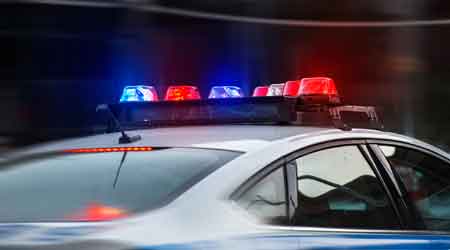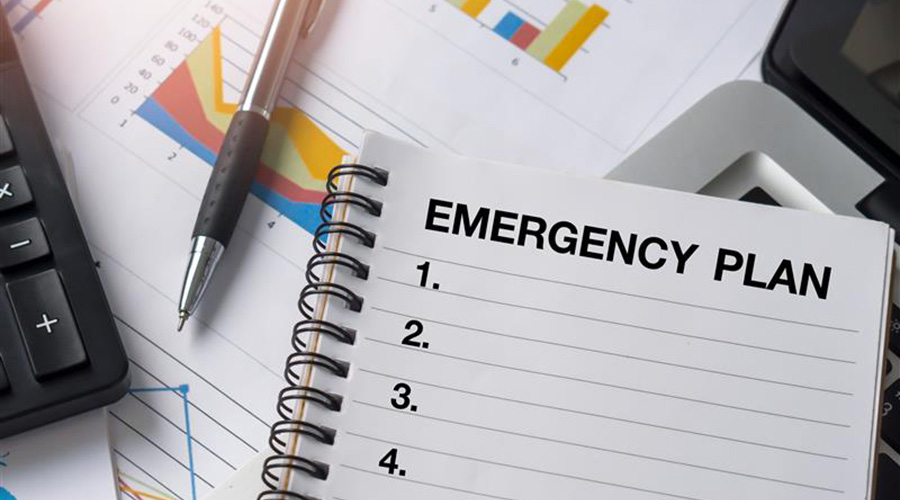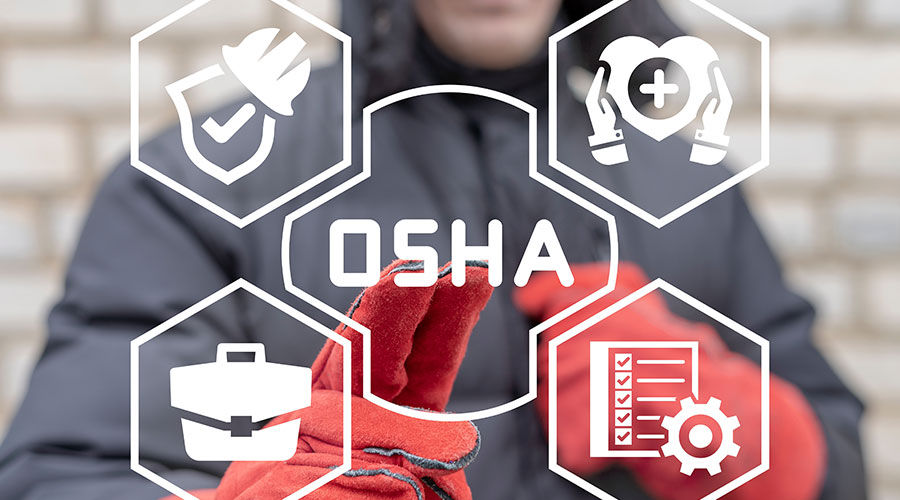‘Gap Analysis’ Can Help Evaluate Response Plan for Active Shooter
Last of a 3-part article on issues to address in readying your facility for an active-shooter event
One way to determine how to proceed is to perform a “gap analysis,” reviewing what you presently have in terms of internal response plans for an active-shooter incident; technology support vehicles; strong communication options that will enable quick alerts to first responders; notification systems to your personnel on what is happening and what to do; and communication methods with law enforcement for their needs during and after the incident. This is an extension of the analysis many facilities have conducted for the “all hazards” plan.
Don’t forget about your own media group. They need to know what to expect during and after this type of event to provide accurate and timely information to the general media, which will undoubtedly be immediately reporting preliminary information that many times is not totally correct. Include the corporate or management communications department in all your plans.
Once you determine the areas needing to be addressed, develop a plan that embraces prevention, response, and recovery.
Prevention: Put together a process for behavior reporting, so that warning signs of a potential active shooter are identified, tracked, and acted upon. It is essential to focus on getting people help, not just discipline; otherwise, the system will not get buy-in.
Training is crucial for every aspect of your program. People need to know what to do, how to do it, and what the expectations are if they do, including expectations for what to do when law enforcement arrives. Reaching out to all your personnel may be a daunting task, but most people, when trained in some fashion, will respond more quickly if an incident occurs. An active-shooter training program should consist of showing videos such as, “Run, Hide, Fight,” available from the U.S. Department of Homeland Security or others in the market, explaining what to do during and after an event and describing the resources available to people in case an event does occur.
Response: The gap analysis can be used to determine if you have an alert system in place or will rely on 911. If no notification system is presently in place to all your personnel, consider a mass notification system that will reach people using text, voice cell messages, and email. Determine if your needs are such as to have the ability to interface with other technologies presently in use such as networked hallway display monitors, outdoor siren and voice systems, or a popup network-override system for desktops.
Many law enforcement officials who have responded to a shooter event have said that one of the main weaknesses with their response is actually knowing where to go due to being unfamiliar with the interior configurations. If an incident occurs, the bottom line is: How do we get law enforcement first responders to the shooter as quickly as possible to stop the attack?
Robert F. (Bob) Lang, CPP, works for Delta Air Lines in support of its Active Shooter initiative, a position he took after retiring from Kennesaw State University as the chief security officer. He can be reached at rlang3@kennesaw.edu.
Help First Responders Be Prepared
It can be a daunting task for first responders to know where to go when they arrive at a facility. At the Washington Navy Yard shooting in 2013, for example, many responders were not familiar with the facility.
Establish liaison with your local FBI office and police/fire/EMS responders and give them a detailed “tour” of your facilities. Find out what would they need in advance to assist them when they arrive.
During a shooter event, “mobile command vehicles” will be swarming all over the facility representing the police, fire, and most likely the FBI. These vehicles are equipped with state-of-the-art video monitors, communications, and other equipment. Giving each a flash drive with all your facility’s floor plans, hazmat locations, electrical closets, and other pertinent information helps them know where to go and what they may encounter. Wireless video monitoring of cameras within the facility or via a “tethered” connection between the command vehicle and a network connection can also assist during the event.
This part of the active-shooter training not only helps law enforcement, but enables you and your personnel to know what to do before, during, and after.
— Robert Lang
Related Topics:














